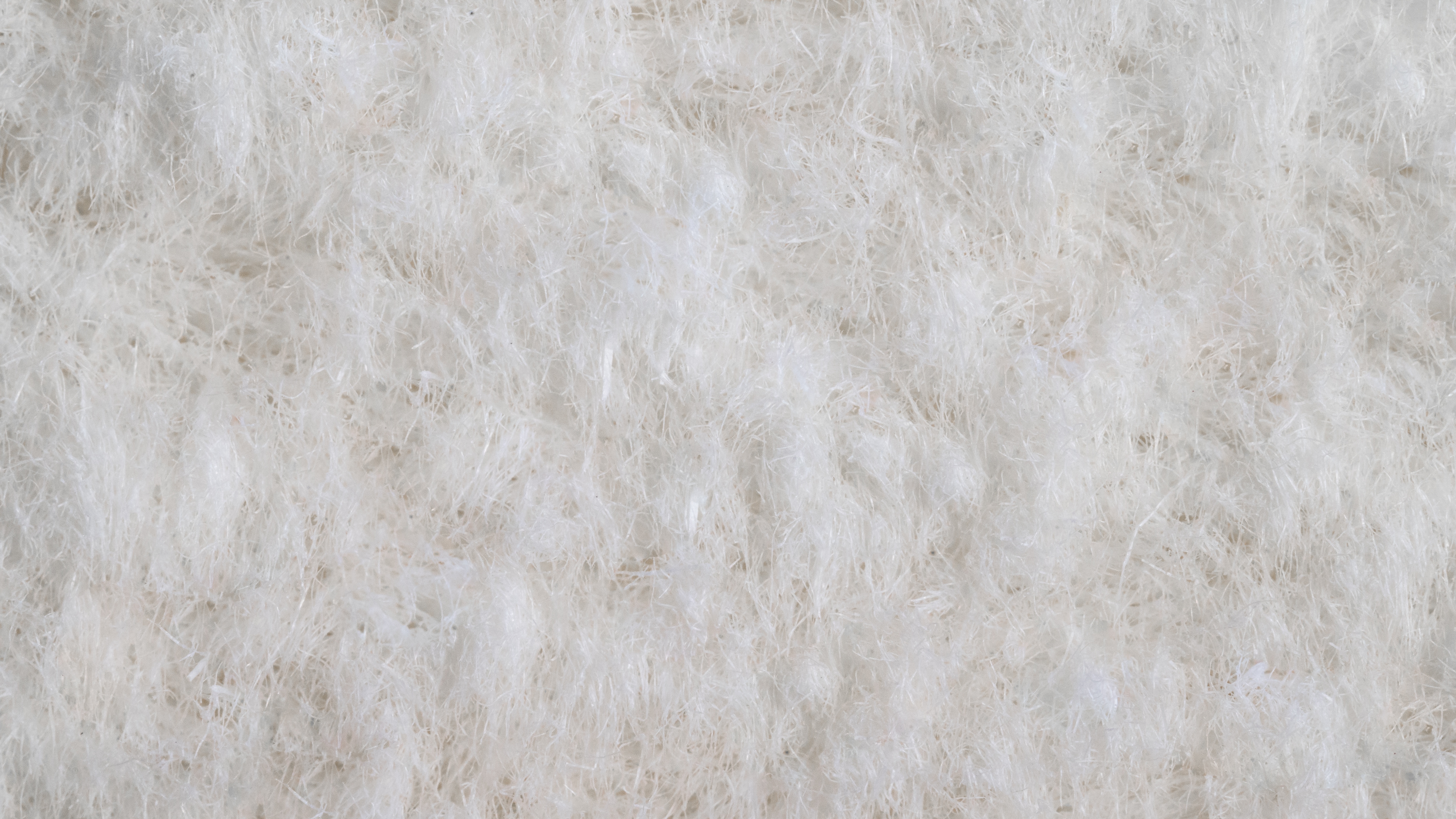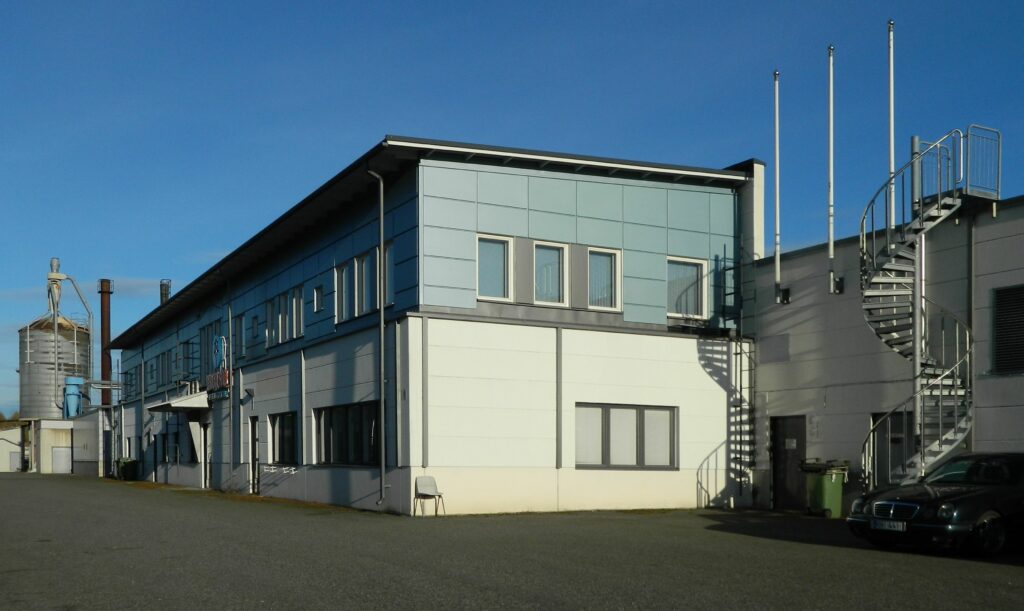
Reimaging indoor silence with wood fiber acoustic solutions
Written by Petri Jetsu, Founder and chief Technology Officer
Turning down the noise is a struggle for over 60 million Europeans living in urban cities, reports health scientists at Barcelona Institute. This means that one in five Europeans is exposed to harmful levels of noise pollution daily. Exposure to daily noise pollutants leads to serious health risks: heart disease, annoyance, and insomnia.
In 2020, the European Environmental Agency (EEA) and WHO announced noise pollution as the ‘biggest health crisis of modern times.’ Noise as a stressor poses long-term and severe health and well-being risks, ranging from emotional and physical to psychological.
It is not you. It is noise.
In an article published by the Environmental Health Perception Journal, experts explain the influence of daily sound stimuli on the basic physiological functioning of the human body. The article explains that the auditory system maintains the brain’s arousal levels, responsible for emotions, mood shifts, stress levels, and healing. In addition, our auditory system affects how other sensory systems work, resulting in visual discomfort, vertigo, and sensory numbness.
So, when subjected to daily levels of harsh sound stimuli (city noise), our state of consciousness, including our emotional state and cognitive processes, is impacted. The article also reports annoyance, sleep disturbance, cardiovascular disease and early death as the most significant health risks affecting city residents. More vulnerable groups like children, elders and patients are sensitive to noise pollutants. Children, for instance, may experience severe cognitive impairments affecting their ability to learn and develop.
Escaping the city’s constant sensory environment overload is no longer a luxury but a necessity for urban residents. The need for peaceful and quiet indoor spaces is especially crucial for those sensitive to noise health impacts.

Solutions inspired by nature
Green areas and quiet city spaces are some solutions adopted by impacted cities, but where does that leave many residents as they work, live, play and study indoors? This is where wood fiber acoustics comes in.
In 2016, we recognized the need for green and sound-forward solutions that could preserve people’s quality of life and well-being indoors. Aisti was founded to innovate novel sound in Insulation and absorption solutions that are safe for people and the environment.
As chief technology officer, I rely on novel technology to harness the power of nature and look for ways to innovate sound installation solutions to safeguard peoples’ well-being indoors while preserving the natural environment. Through my work, I seek to answer one pressing question:
How can we use natural materials effectively to reimagine the standards of indoor quietness?
As research and development engineers, we approach challenges with an analytical framework. We dig deep into the roots of the challenges and look for science-based solutions.

The natural power of wood fiber
Understanding sound properties and using natural materials to lower sound transmission from one area motivates our research and development experts to create safe and sound acoustic tiles.
One of the most effective solutions to creating quiet indoor spaces is to design buildings conscious of the necessity of sound insulation solutions both externally and internally. This starts from the exterior enveloping materials that work to envelop the building blocking outside noise from traveling indoors.
Meanwhile, acoustic ceilings absorb indoor sounds and stop echoes from traveling between indoor spaces. By reducing the reverberation time of sound traveling through indoor spaces, acoustic tiles prevent sound from traveling far between indoor spaces and reduce the time sound stays in the air.
This is especially beneficial in busy indoor places, like offices, libraries, schools, and gyms, where people need to converse without raising their voices and maintain the overall quietness of the room.
As acoustic experts, we saw in nature the solution to this modern-era problem. Wood fiber lends its cellulose features to the material, allowing the tiles to achieve excellent acoustic performance.
Nature inspires us to reimagine how we design acoustic tiles and create peaceful indoor environments that are in harmony with nature and people’s sensory well-being.
The novelty of wood fiber acoustics is in its mindful application and design process:
- Wood fiber acoustic tiles bind CO₂ promoting climate-positive living.
- Wood fiber acoustic tiles are recyclable and free from plastic and synthetic binders to promote sustainable indoor spaces.
- Wood fiber acoustic tiles regulate humidity and heat for a fresh indoor climate.
- Wood fiber acoustic tiles have Class B fire safety standards. The highest fire class for natural fiber material.
- Wood fiber acoustic tiles are free from irritating and allergic materials to foster safer living spaces.

Aisti® Teno Acoustic Tiles
Our Teno acoustic tile utilizes the power of wood fiber to reimagine the future of living spaces. The exceptional wood fiber properties allow Aisti® Teno tiles to maintain sound levels indoors, prevent echoing, and, as a result, create more comfortable indoor living spaces.
Aisti Teno tiles are made with energy-efficient foam-forming technology and raw materials sourced ethically and responsibly.
Wood fiber acoustic tiles can revolutionize how we imagine indoor sound environments. Still, the effort of construction material manufacturers must be joined by architects and developers willing to invest in superior and sustainable materials.
The blog was updated on 11.09.2023


